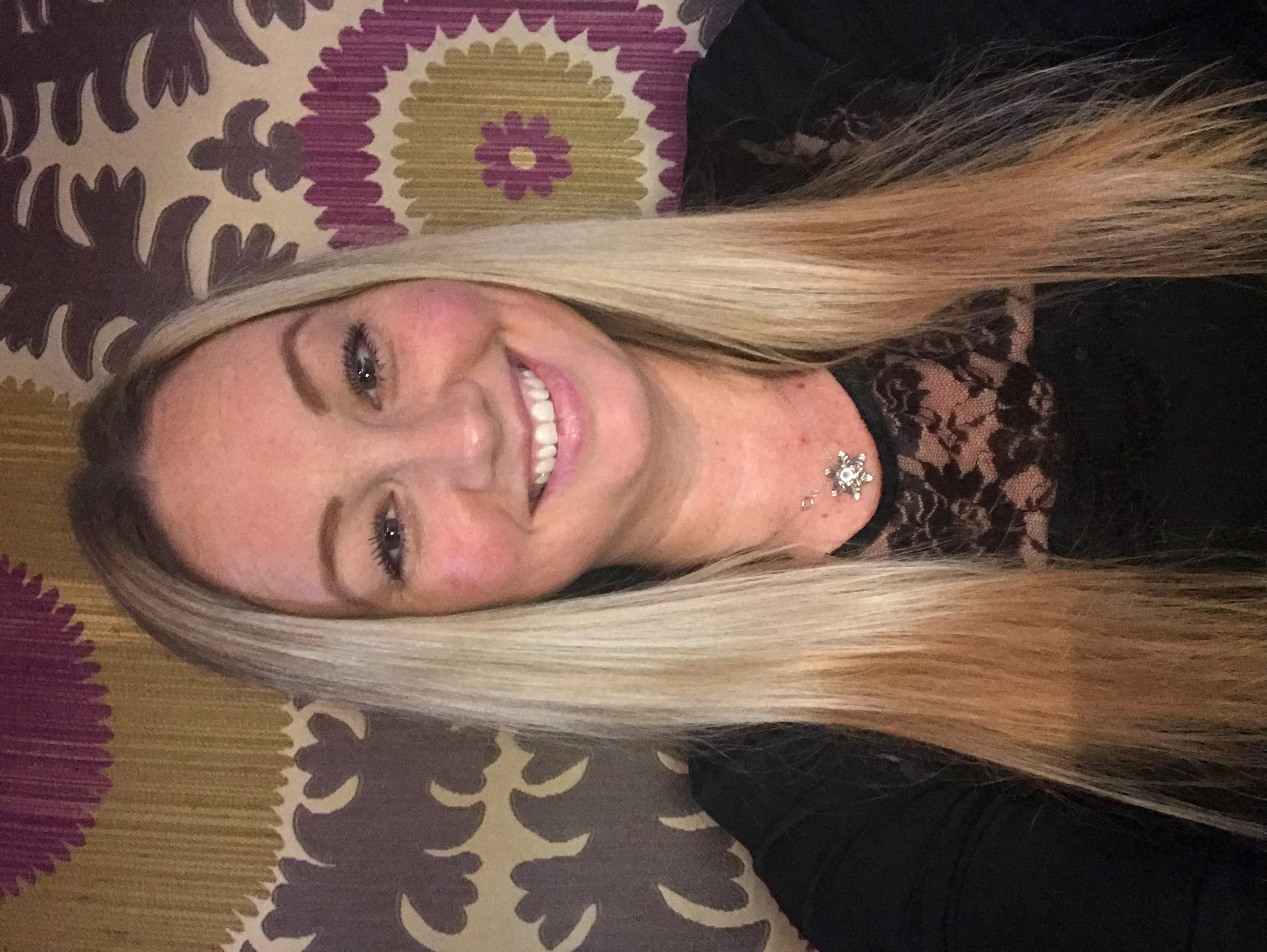
The Power of Perception: How Perpetrators Hide Behind Disbelief and Ignorance
- Molly Skye Brown

- Jan 4
- 4 min read
One of the greatest weapons perpetrators of abuse wield is not physical force, but the disbelief of those around them. Society’s collective inability—or unwillingness—to fathom that someone we know, admire, or even love could be capable of abuse creates an impenetrable shield for predators. This disbelief doesn’t just protect them; it emboldens them. It enables their actions to go unchecked, their victims to remain unheard, and their cycles of harm to continue.
Even more insidious is the way this disbelief deepens when a survivor comes forward with multiple accounts of abuse. Rather than recognizing that predators often target those they perceive as vulnerable, society turns its suspicion onto the survivor. “How could this happen to one person so many times?” people ask, as if abuse were an anomaly rather than the pervasive, systematic problem it is. This ignorance doesn’t just fail survivors—it fuels the very culture that allows abuse to thrive.
The Shield of “Not Them”
Perpetrators thrive on the myth that abuse is something distant, perpetrated by “other” people—monsters in the shadows, not the charming coworker, the loving parent, the successful neighbor, or the pious community leader. This myth creates a protective veil around them because people instinctively protect their belief in someone’s “goodness” rather than confront the uncomfortable truth.
• “They would never do that”: These five words are the foundation of a perpetrator’s power. The more trusted or admired they are, the less likely they are to face scrutiny. Their position in the community, their reputation, and their outward behavior often serve as “proof” of their innocence, even in the face of credible accusations.
• Weaponizing credibility: Many abusers curate an image of reliability, kindness, or authority. They intentionally build networks of support, knowing that these connections will come to their defense should accusations arise.
This shield of disbelief doesn’t just silence survivors—it retraumatizes them. When a survivor must not only relive their abuse but also defend the very idea that it could have happened, they are forced to fight not only their abuser but also the societal structures that protect them.
The Burden of “Too Much”
When a survivor comes forward with multiple accounts of abuse, society often shifts from disbelief in the abuser to disbelief in the survivor. “How could this happen to you so many times?” they ask, as if multiple instances of abuse undermine credibility rather than affirm a larger societal problem.
• Predators target the vulnerable: Abusers often seek out individuals who they perceive as easier to exploit—those who are young, isolated, or previously harmed. These patterns make it more likely, not less, for a survivor to experience multiple abuses.
• Society’s refusal to see the pattern: Instead of recognizing this pattern, many people default to victim-blaming. They wonder what the survivor “did wrong” or why they didn’t “avoid it,” ignoring the reality that abusers exploit power dynamics, not mistakes.
This disbelief creates a perfect storm of shame and silence. Survivors begin to internalize the message that their experiences are “unbelievable,” making it harder for them to speak out or seek help. Meanwhile, abusers move freely, knowing that society’s ignorance protects them.
Ignorance Fuels the Cycle
The unwillingness to believe survivors—or to understand how predators operate—isn’t just an individual failing; it’s a societal one. This ignorance allows abuse to remain pervasive, unchecked, and deeply ingrained in our culture. Here’s how:
1. Silencing Survivors: When survivors are dismissed, fewer people come forward, making it easier for perpetrators to continue their behavior without consequence.
2. Protecting Predators: The disbelief in survivors reinforces the idea that perpetrators are “safe,” allowing them to build networks of trust and power.
3. Perpetuating Myths: Believing that abuse is rare or confined to specific “types” of people prevents society from addressing the broader systems that enable it.
What We Must Do
If we are to break this cycle, we must confront our own biases and educate ourselves about the realities of abuse:
• Believe survivors: Survivors don’t owe anyone a “perfect” story. Trauma affects memory, recall, and expression. Trusting survivors is the first step toward dismantling the culture of disbelief.
• Understand predators’ strategies: Abusers hide in plain sight by leveraging societal ignorance. Recognizing this pattern is key to holding them accountable.
• Challenge myths about abuse: Abuse isn’t rare, and it isn’t random. It’s systematic, pervasive, and deeply rooted in power imbalances.
• Support systemic change: Advocate for trauma-informed policies, education, and systems that prioritize survivor safety and hold perpetrators accountable.
A Call to Awareness
Every time we refuse to believe a survivor or hesitate to question someone we think we know, we contribute to the very system that protects abusers. The shield of disbelief they hide behind is one we create, brick by brick, through our ignorance and inaction.
It’s time to break down that shield. Survivors deserve to be heard, believed, and supported. And perpetrators deserve to face the truth—the truth that their power lies not in their strength but in the silence and disbelief of those around them. By choosing to listen, believe, and act, we can begin to dismantle the systems that allow abuse to thrive.
Your voice matters. Your belief matters. And together, we can create a world where survivors are seen, heard, and protected—and where abusers no longer find refuge in our ignorance.








